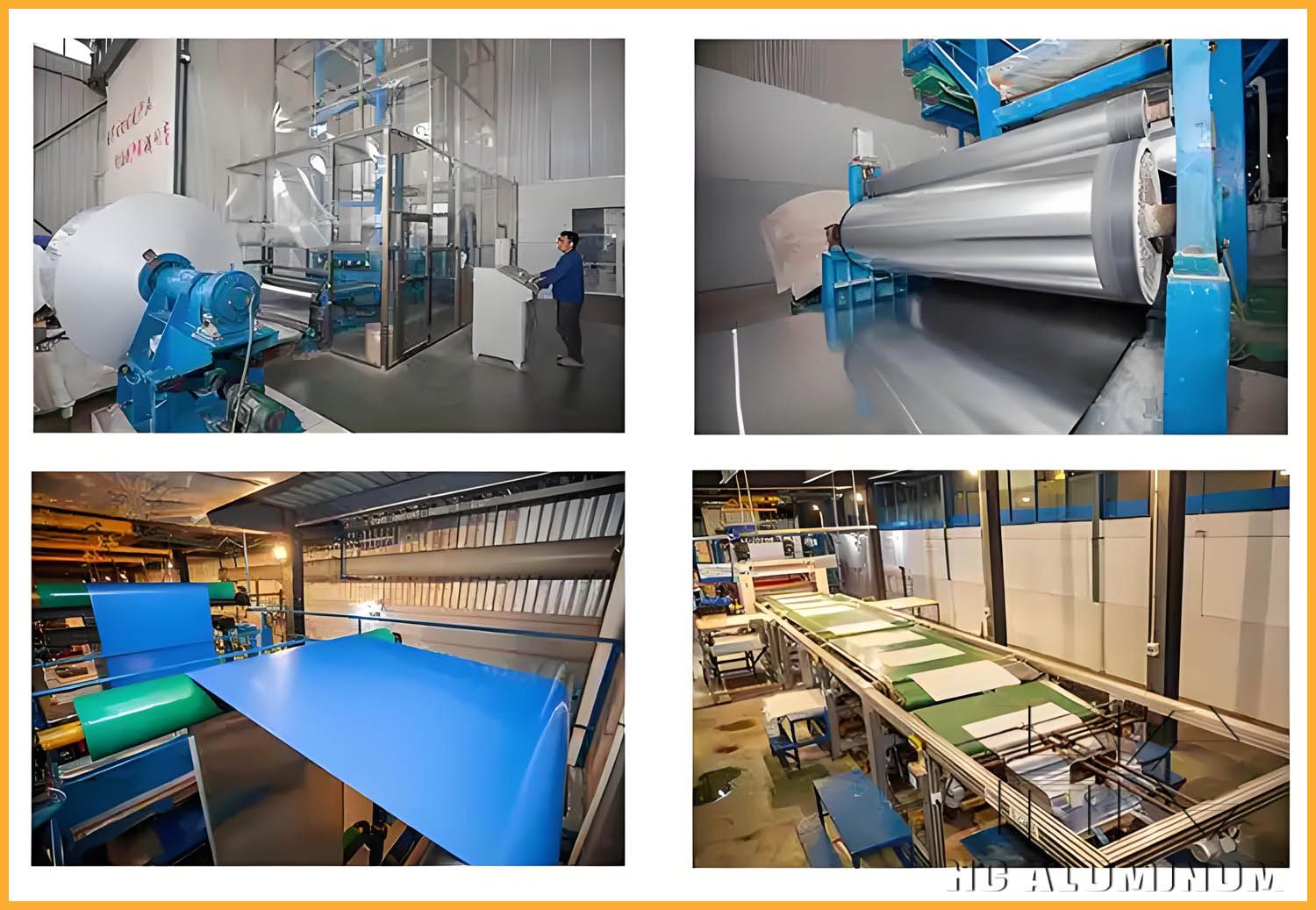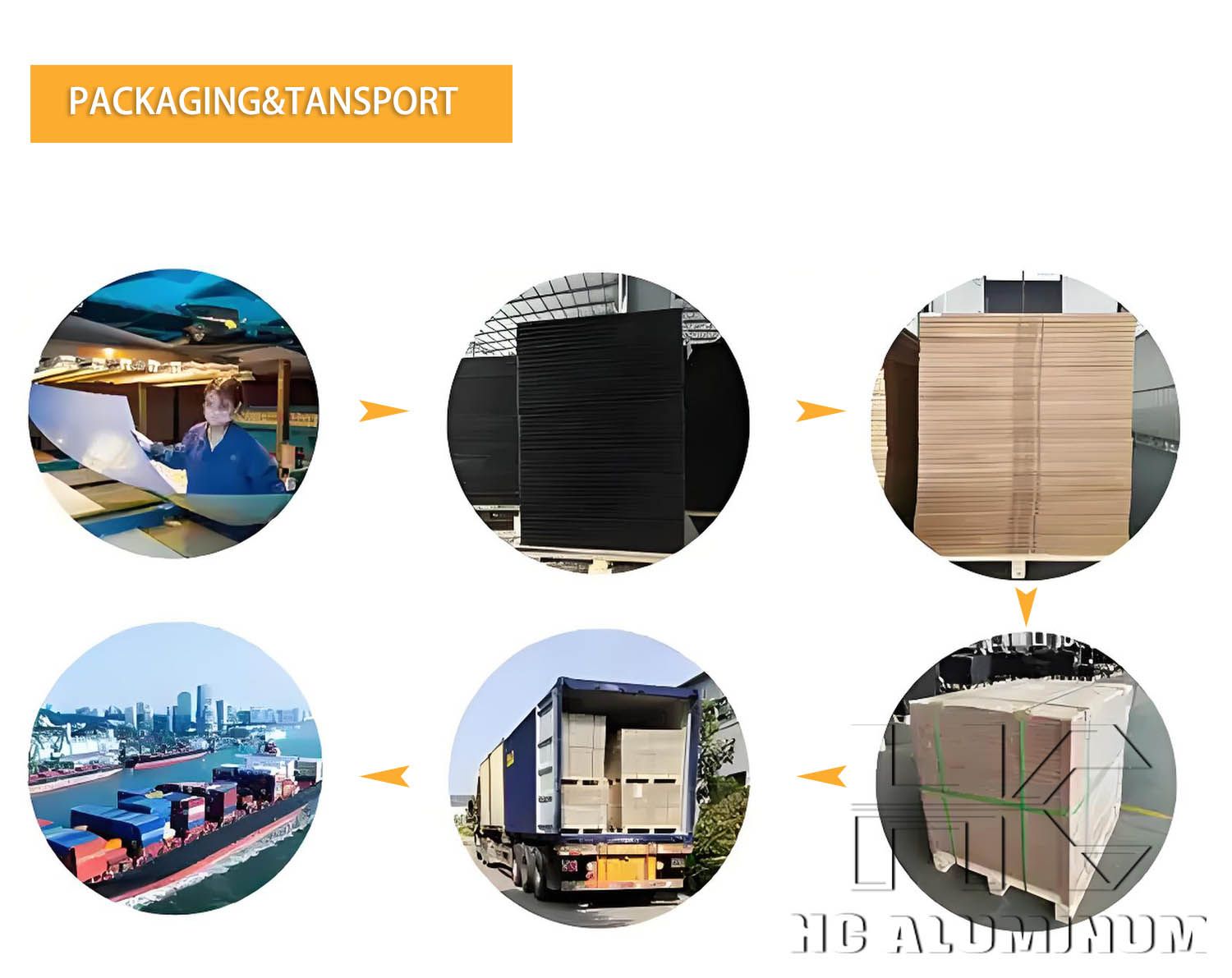If you have any questions, you can directly consult our online customer service. You can visit us online via WhatsApp. We look forward to your visit.
WhatsApp:8618703635966 Online
What is a CTCP Plate?
CTCP (Computer to Conventional Plate) printing plate refers to the use of traditional PS plates with direct digital imaging, forming a new generation of UV-CTP plates. Specifically developed for speed and efficiency, CTCP plates feature a newly formulated photosensitive coating and a stable production process, enhancing sensitivity while maintaining excellent imaging and printing performance.
How Are CTCP Printing Plates Manufactured?
CTCP Plate Production Process:
1.Raw Material Preparation
CTCP plates are made from aluminum coils (typically alloys like 1050, 1060, or 1070). The aluminum undergoes electrochemical graining, anodizing, sealing, coating, and cutting to form the final plate material.
2.Exposure & Imaging
CTCP plates are imaged using UV light with a wavelength range of 360–450 nm, directly onto traditional PS plates. This process replaces film with digitally controlled micromirror arrays, using a step-and-repeat method for zoned exposure.
3.Chemical Processing
After exposure, the plate undergoes developing and fixing, chemically processing the imaged areas to produce the final printing plate.

Unique advantages of UV CTP
1. Reduce prepress production costs:
Simplify the process flow, reduce film production and manual platemaking steps, save materials and costs.
Applicable to traditional PS plates, easy to operate in a bright room.
2. Reduce debugging time and material loss:
No need to position the printing plate, avoid re-platemaking problems, reduce correction time and consumables loss.
3. Production flexibility:
The platform exposure structure allows flexible exposure, processing existing pages in advance, no need to wait, and can expose two small plates at the same time.
4. Flexible selection of printing plates:
You can choose negative or positive plates according to different prints, customers take the initiative and optimize efficiency.
5. Fast and stable integration:
Compatible with traditional PS printing process, reduce downtime caused by plate change, ensure printing stability and economic efficiency.
Disadvantages of UV CTP
(1) Slower production speed compared to thermal CTP systems
(2) Maximum resolution typically limited to 2540 dpi, which is hard to surpass with laser-based CTP
(3) Higher power consumption of the UV light source
(4) Cooling challenges due to the heat generated by high-power UV lamps
Applications of CTCP Plates
Newspaper printing
Commercial brochures and magazines
Packaging printing (e.g., cartons, labels)
Business forms and invoices
Routine plate production for small to medium-sized print shops
Comparison of CTCP Plates with Other Plate Types
| Feature | PS Plate (Traditional) | CTP Plate (Thermal) | CTCP Plate (Violet Laser |
| Imaging Method | Film-based exposure | Thermal laser direct imaging | Violet laser direct imaging |
| Film Required | Yes | No | No |
| Cost | Low | High | Medium to low |
| Image Resolution | Medium | High | High |
| Environmental Impact | High chemical usage | Often requires developiHighng | Mostly chemistry-free or low-chem |
| Investment Barrier | Low | High | Moderate |


